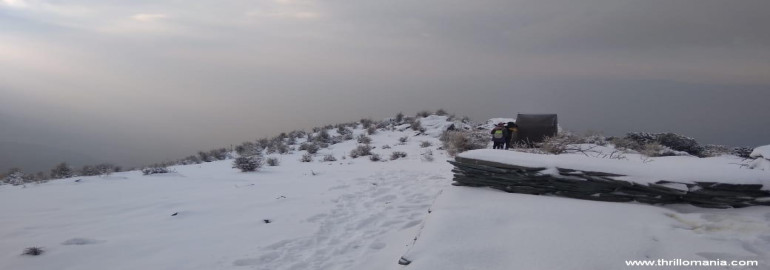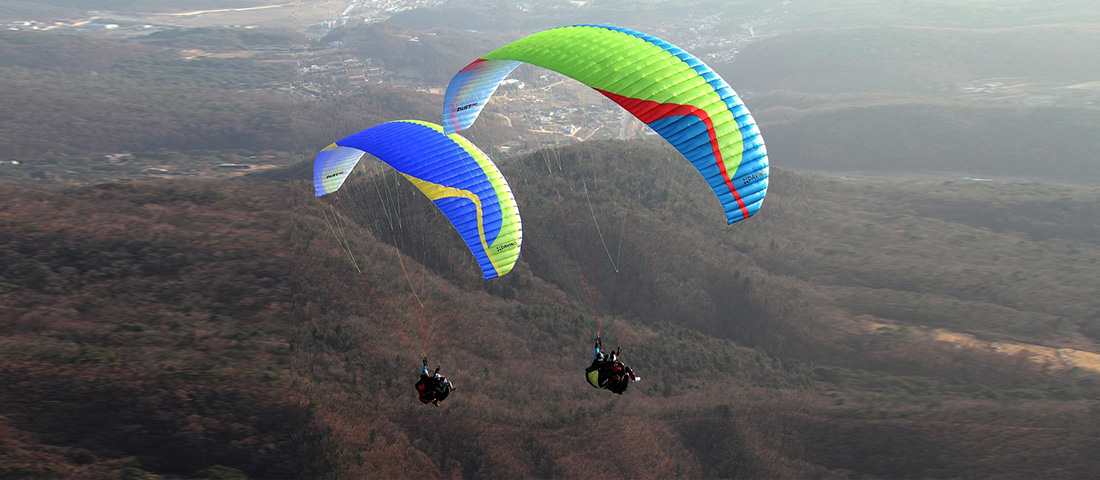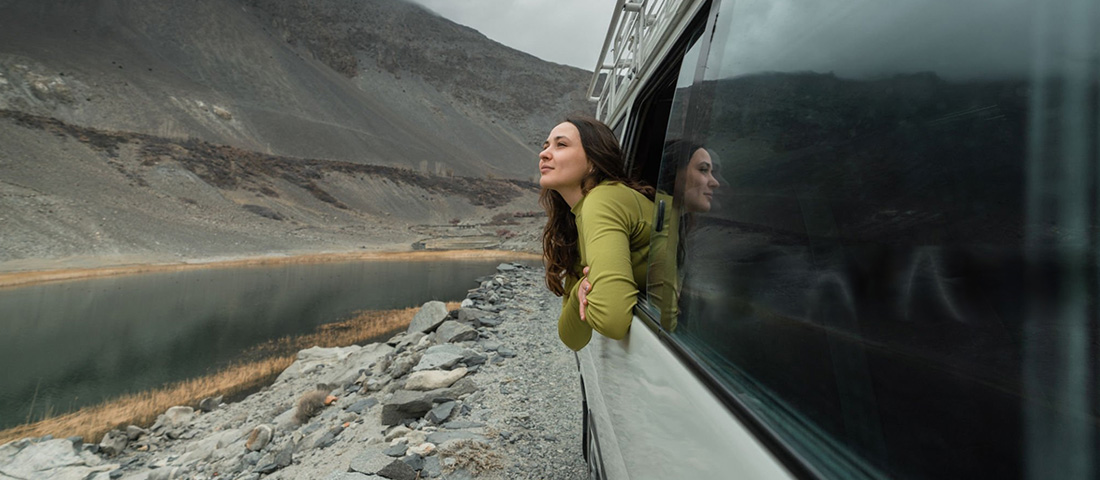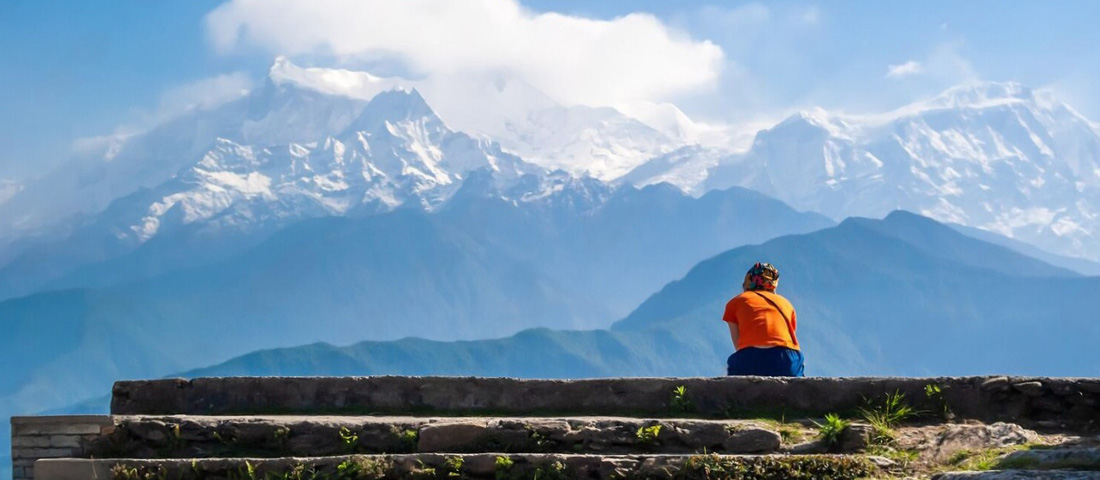Hidden Himalayas

Hidden Himalayas
The Hidden Himalayas refers to the lesser-known and relatively unexplored parts of the Himalayan mountain range, which spans several countries in South Asia, including India, Nepal, Bhutan, and Tibet (China).
These areas are often remote, with difficult terrain and limited infrastructure, making them less accessible to tourists and adventurers. However, for those who are willing to brave the challenges, the Hidden Himalayas offer stunning natural beauty, rich biodiversity, and unique cultural experiences.
Some examples of lesser-known areas within the Hidden Himalayas include the Zanskar Valley in Ladakh, India, Upper Mustang in Nepal, and the Haa Valley in Bhutan. These areas offer opportunities for trekking, mountaineering, wildlife watching, and experiencing traditional Himalayan culture.
It's worth noting that the Hidden Himalayas are also home to many indigenous communities who have lived in the region for centuries and have their own distinct cultures and languages. It's important to respect their traditions and ways of life while visiting the area.
The Himalayas, the world's highest and most majestic mountain range, spans over 2,500 kilometers across six countries – India, Nepal, Bhutan, China, Pakistan, and Afghanistan. The Himalayas have been an integral part of the culture, history, and tradition of the people living in these regions for centuries. The Himalayas are a natural wonder that continues to captivate and inspire people from all over the world.
The Himalayas, formed around 50 million years ago, are believed to be the youngest and highest mountain range in the world. The range is made up of three parallel ranges, the Greater Himalayas or the Himadri, the Lesser Himalayas or the Himachal, and the Outer Himalayas or the Shivaliks. The Himalayas are home to some of the world's highest peaks, including Mount Everest, Kanchenjunga, and Annapurna, among others. The highest peak, Mount Everest, stands tall at 8,848 meters above sea level.
The Himalayas are also home to some of the world's most important river systems, including the Ganges, the Brahmaputra, the Indus, and the Yangtze. The rivers flowing from the Himalayas are a lifeline for millions of people living in the region, providing water for irrigation, hydropower, and drinking.
The Himalayas are not just a geographical marvel but also an ecological wonder. The Himalayan ecosystem is one of the most diverse and unique in the world, with over 10,000 species of plants and animals. The range is home to rare and endangered species such as the snow leopard, the Himalayan black bear, and the red panda, among others. The Himalayas are also home to a variety of flora and fauna, including oak, pine, rhododendron, and magnolia, among others.
The Himalayas are an important part of the cultural and religious history of the region. The people living in the region have a deep connection with the mountains, which are considered sacred and divine. The Himalayas are home to several important pilgrimage sites, including Kedarnath, Badrinath, and Amarnath, among others. The Himalayas are also home to several important monasteries and temples, including the Hemis monastery in Ladakh, the Tawang monastery in Arunachal Pradesh, and the Potala Palace in Lhasa, Tibet.
The Himalayas are also an important source of livelihood for the people living in the region. The mountain range is a treasure trove of natural resources, including minerals, forest products, and medicinal plants, among others. The people living in the region have traditionally been dependent on the mountains for their livelihood, including farming, animal husbandry, and tourism.
However, the Himalayas are also facing several challenges and threats. Climate change is one of the most significant threats to the region, with rising temperatures leading to glacial melt, erratic rainfall, and increased risk of natural disasters such as landslides and floods. Deforestation, overgrazing, and unsustainable tourism are also taking a toll on the fragile ecosystem of the Himalayas.
In conclusion, the Himalayas are a natural wonder that continues to captivate and inspire people from all over the world. The range is not just a geographical marvel but also an ecological, cultural, and religious wonder. The people living in the region have a deep connection with the mountains, which are considered sacred and divine. However, the Himalayas are also facing several challenges and threats, including climate change and unsustainable development. It is important for us to protect and preserve this treasure trove of natural resources and cultural heritage for future generations to come.
See Also
- 10 Reasons Why Triund Trek is the Best Trek in India
- A Guide to Booking Your Adventure
- Adventure Tour Company
- Best Time to Visit Ladakh
- Camping Places in Himachal
- Hidden Himalayas
- Himalaya adventure
- How tall is the largest tree in the world
- Kedarnath Yatra Package
- Nepal Trekking
- Trekking in Mcleodganj
- Trekking in Dharamshala







